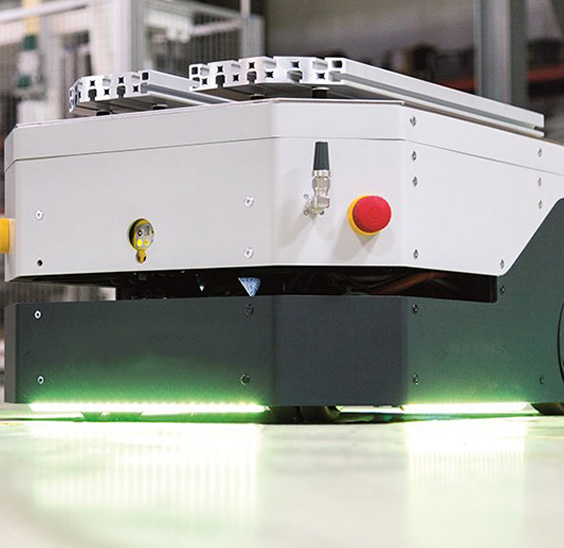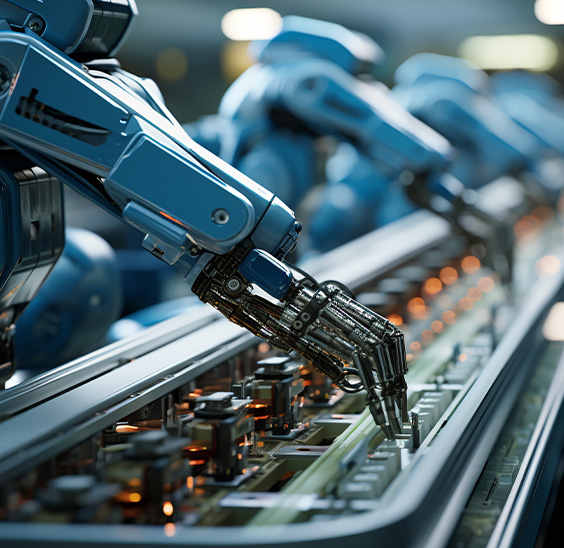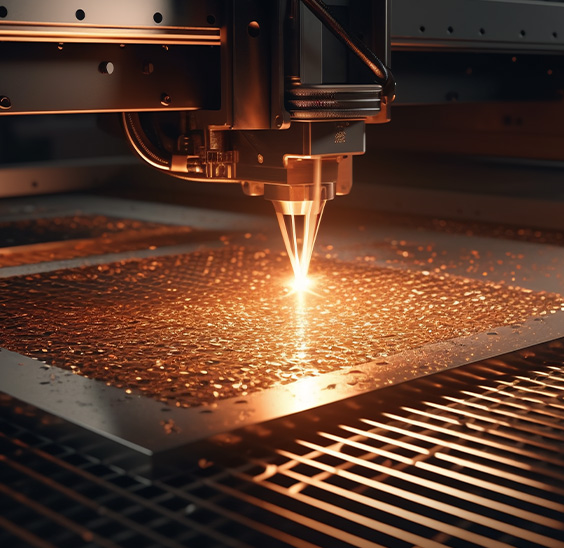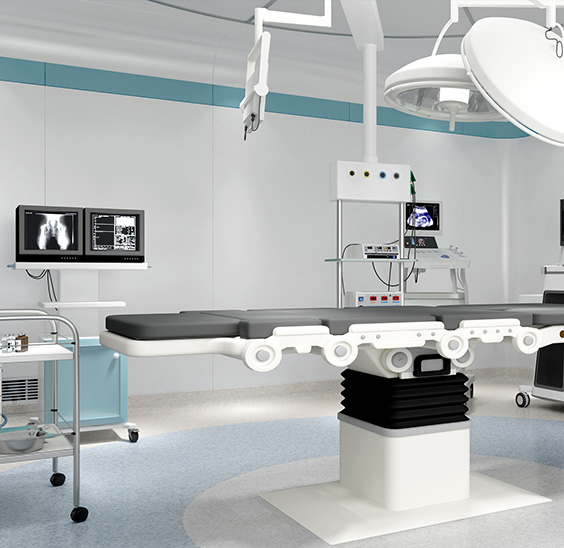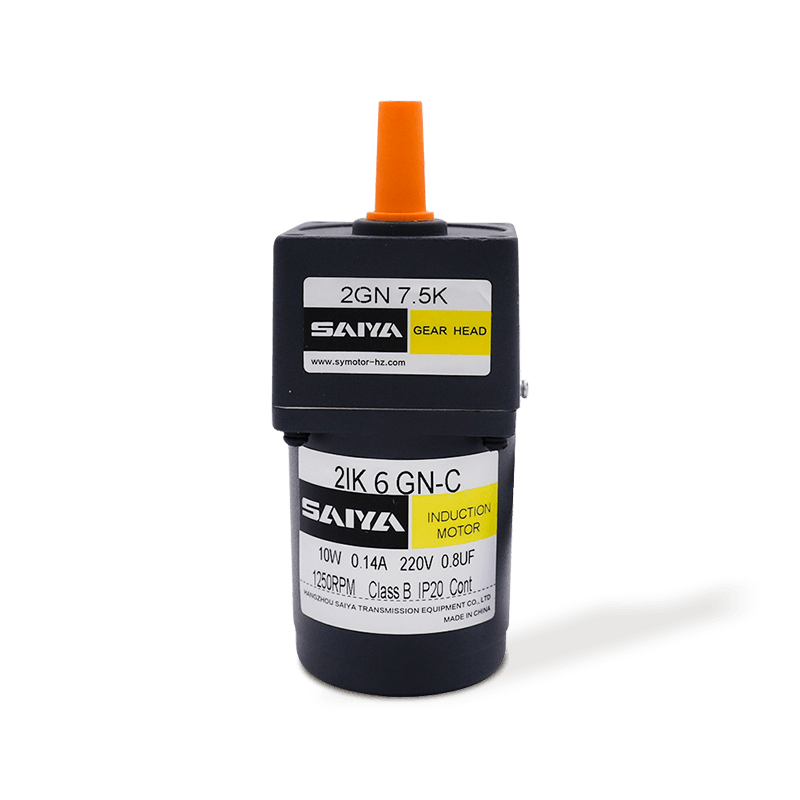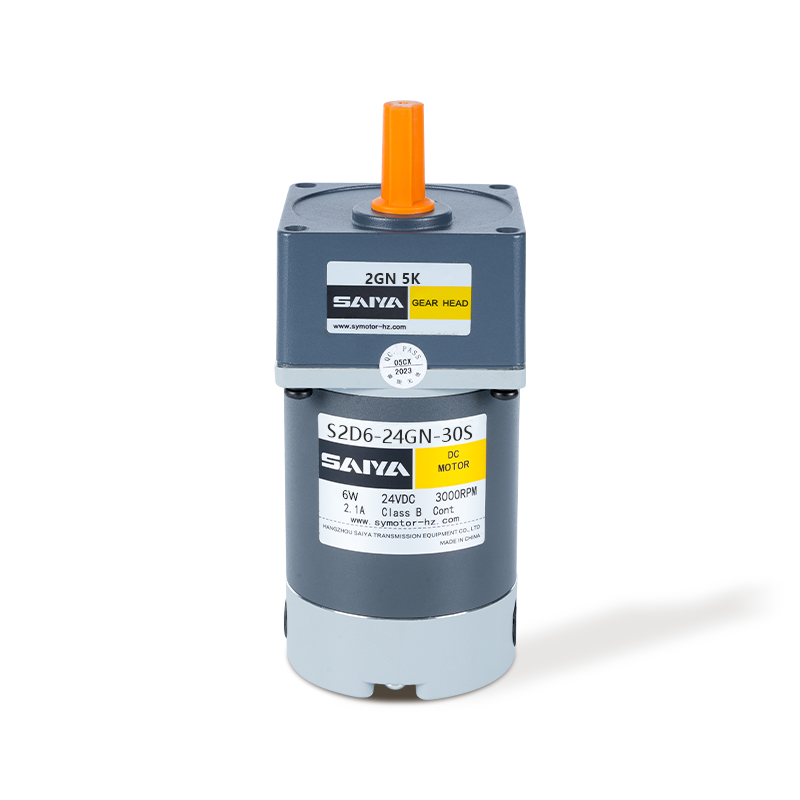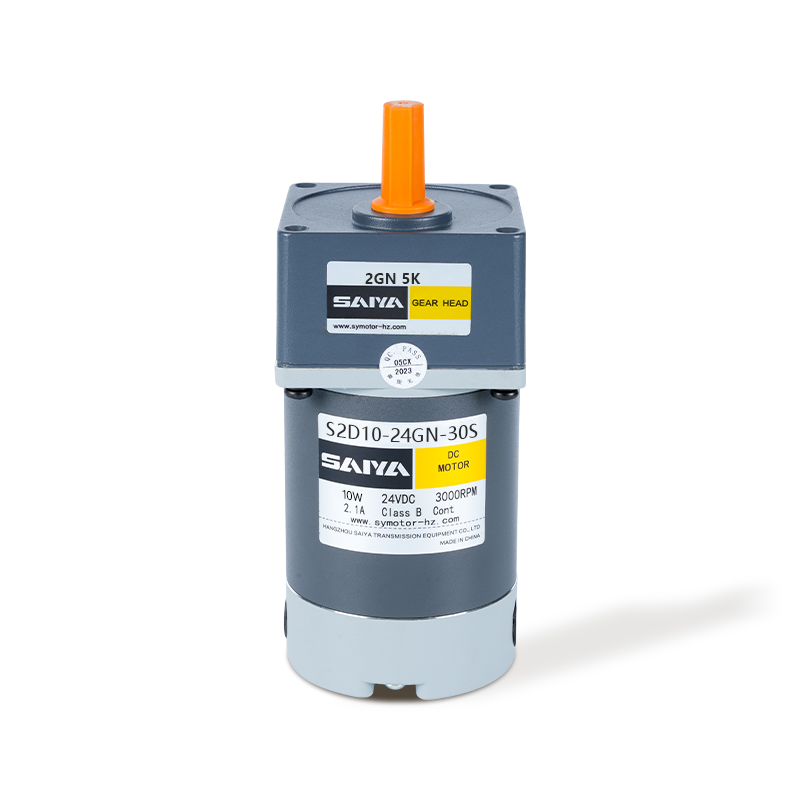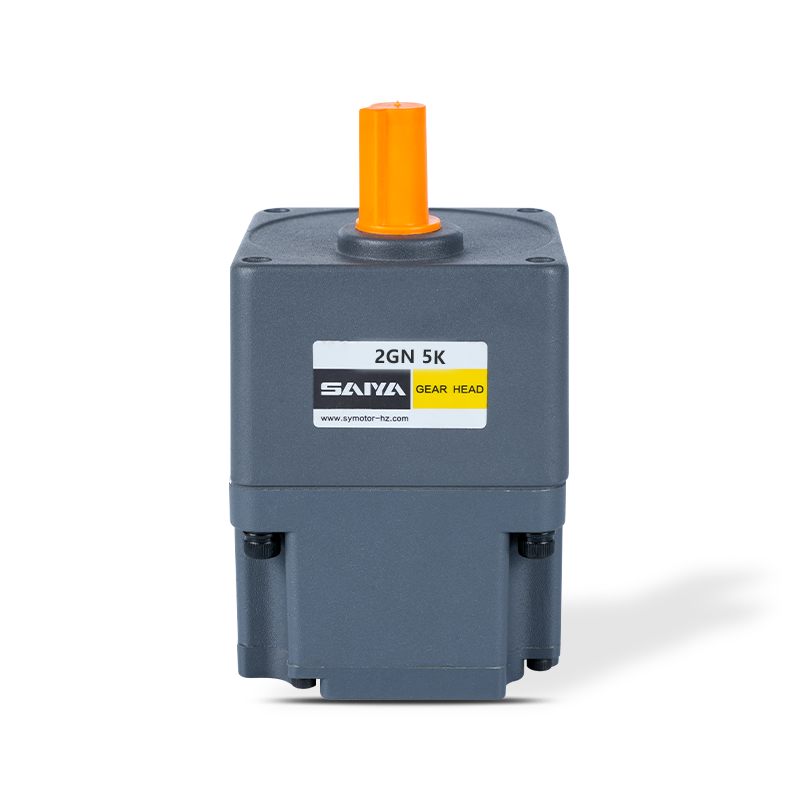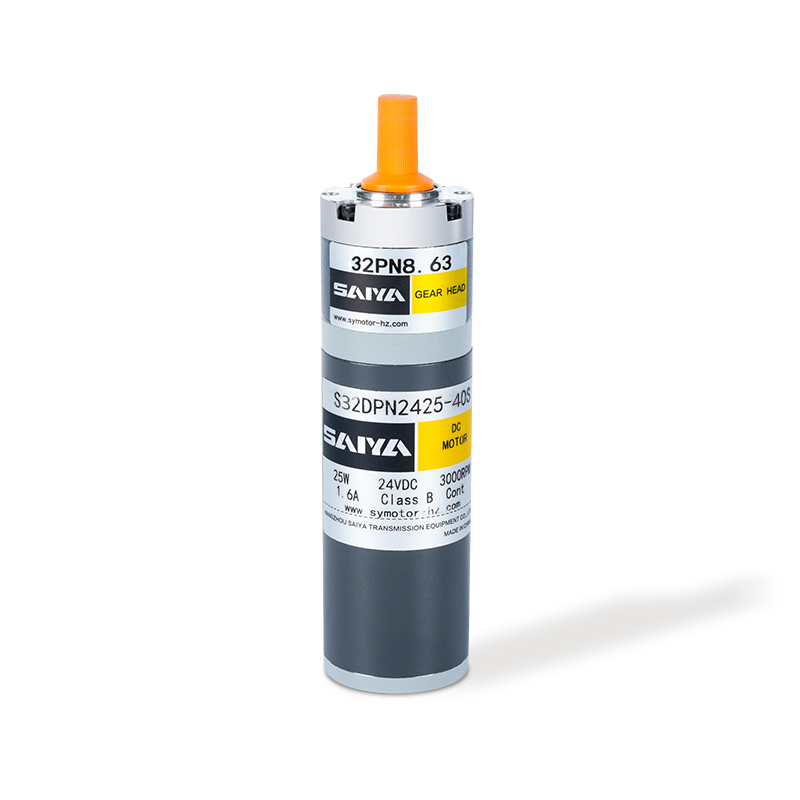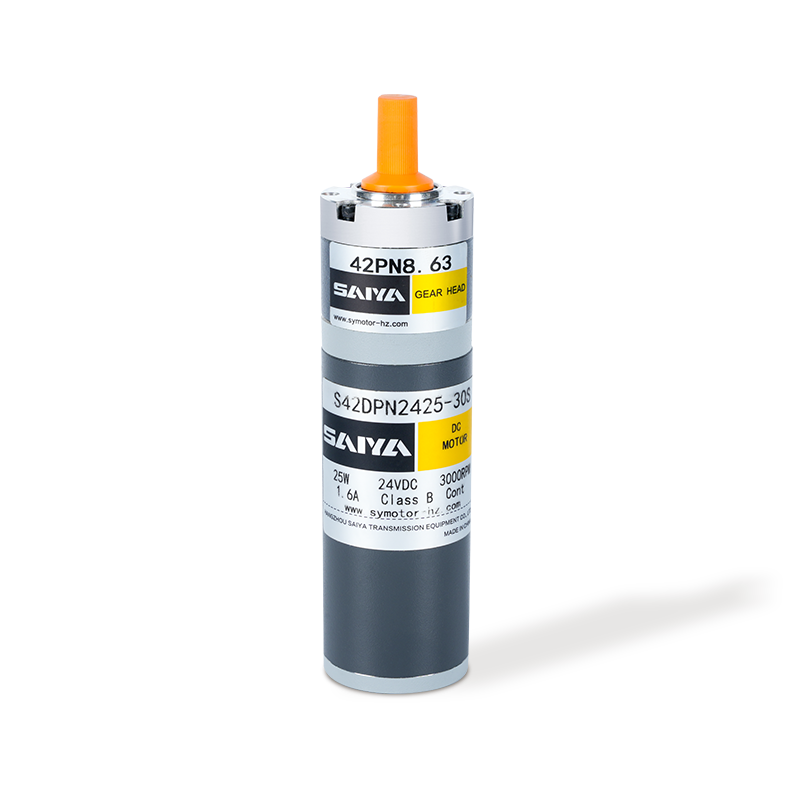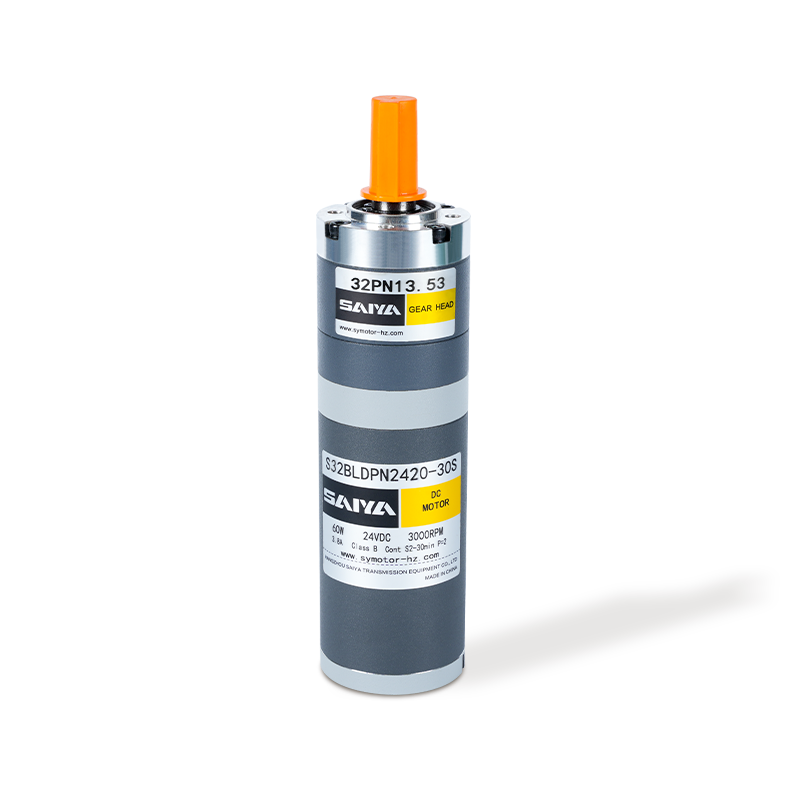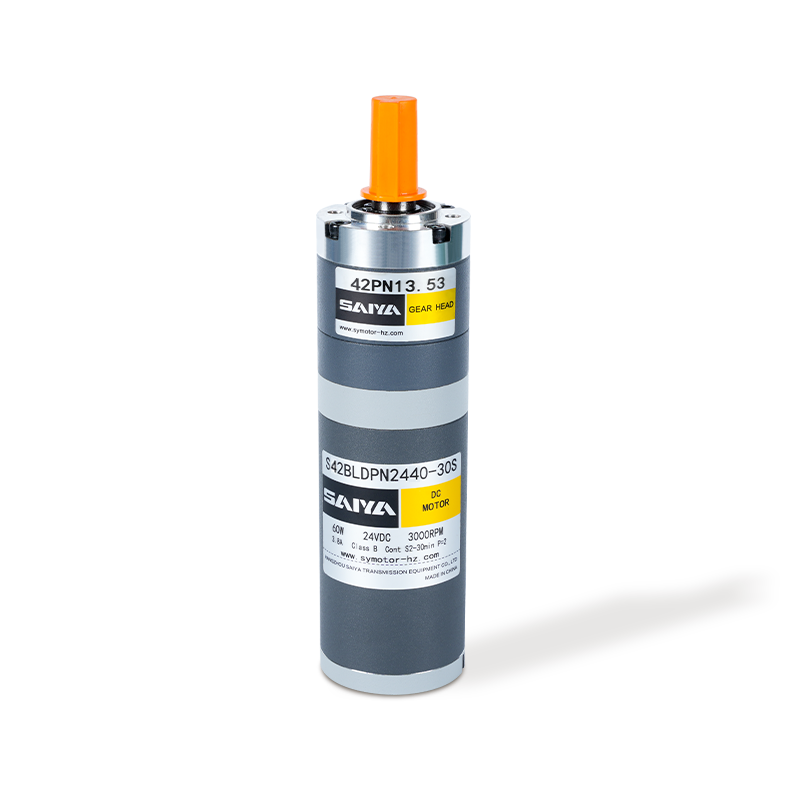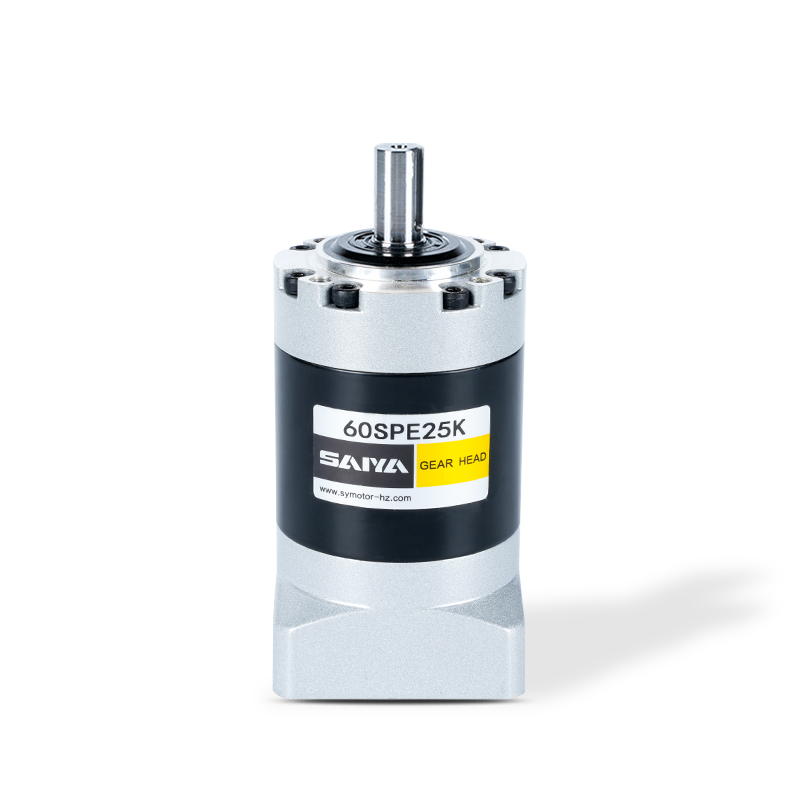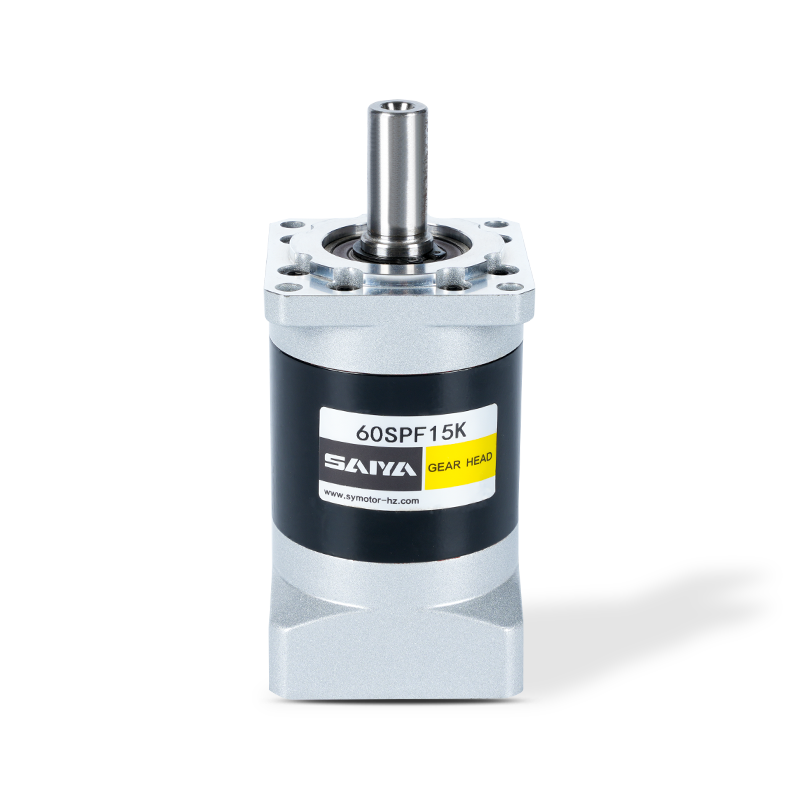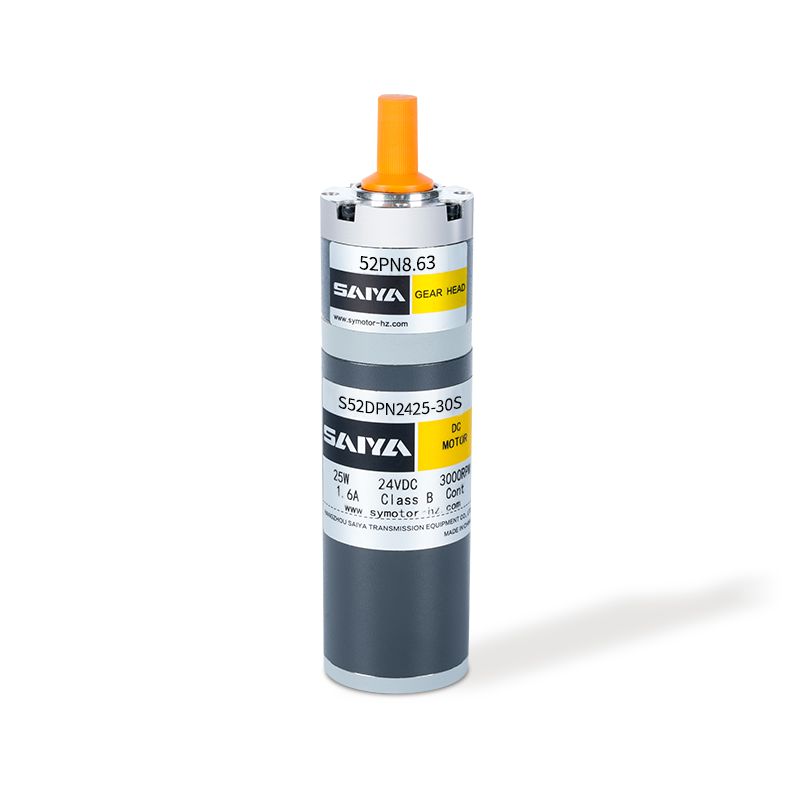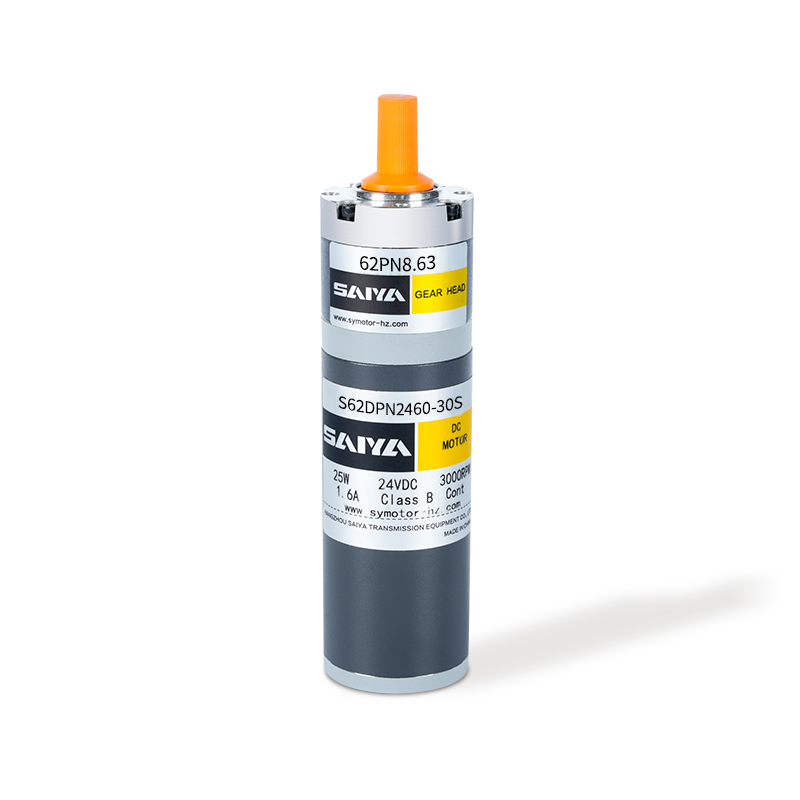Brush DC gear motors: An in-depth analysis from core technology to industrial applications
In the motor industry, Brush DC gear motors, with their unique structural design and stable performance, have become an indispensable power source for automation equipment, precision instruments, and other fields. This power unit, which organically combines a DC motor with a gear reduction mechanism, retains the advantages of convenient speed regulation and simple control of DC motors while achieving torque amplification and speed regulation through a gear transmission system, thus meeting diverse power requirements within a limited footprint.
Core Structure and Synergy Principle
The superior performance of Brush DC gear motors stems from the precise coordination of their internal components. The DC motor, as the power source, generates rotational torque through the electromagnetic interaction between the stator and rotor. The coordination between the brushes and commutator is key to achieving continuous rotation. The brushes introduce external current into the rotor windings, while the commutator rotates synchronously with the rotor, changing the direction of the current to ensure that the electromagnetic force constantly drives the rotor. While this simple and straightforward structure enables smooth speed control under voltage regulation, laying the foundation for subsequent power transmission.

The addition of a gear reduction mechanism precisely reshapes power characteristics. This reduction system, composed of multiple gears arranged in specific ratios, converts the motor's high-speed, low-torque output into low-speed, high-torque output by leveraging the speed differential between the input and output shafts. Different gear combinations, such as spur gears and helical gears, affect transmission efficiency and noise levels depending on the application. For example, the meshing method of helical gears reduces shock and vibration, making them suitable for applications requiring smooth operation, while spur gears offer the advantage of compactness. This synergistic "motor drive + gear speed change" model achieves a perfect balance between power output and control accuracy.
Technical Features and Performance Advantages
In practical applications, the technical characteristics of Brush DC gear motors distinguish them from other power systems. Their most significant advantage lies in their flexible speed range. By varying the input voltage, they can achieve continuous adjustment from low to high speeds, while maintaining relatively stable torque during speed regulation. This feature makes them particularly effective in applications requiring precise speed control. Furthermore, they offer excellent starting performance, reaching rated speed in a short time, and draw low starting current, resulting in a relatively mild impact on the power supply system.
From a structural perspective, brushed DC gear motors offer a compact design and high component integration, enabling high power output within a limited space. This makes them an irreplaceable advantage in miniaturized devices. Their relatively low manufacturing cost, mature production processes, and ease of maintenance contribute to their market competitiveness. While facing competition from brushless motors in certain high-performance applications, brushed DC gear motors still hold a significant position in cost-sensitive applications with less demanding control complexity.
Application Scenarios and Industrial Value
Brushed DC gear motors are used across multiple industries, and their performance characteristics are highly aligned with the needs of these diverse sectors. In the smart home sector, they are found in applications ranging from automatic curtain drives to the travel mechanisms of robot vacuums, where their stable torque output and precise speed control ensure reliable operation. In the medical device sector, small pumps and precision operating table drive systems rely on their low noise and compact size, providing the driving force for the miniaturization and intelligentization of medical equipment. In industrial automation, brushed DC gear motors are commonly used for applications such as conveyor speed regulation and precise valve control. Their rapid response and ease of integration enable seamless integration with control systems, enhancing the automation level of production lines. In the automotive industry, auxiliary systems such as window lifts and seat adjustments also rely on their efficient power output for convenient operation. This wide range of applications not only demonstrates their technological value but also highlights their support for the development of related industries.

As a mature and reliable power solution, brushed DC gear motors offer a technological and industrial value worth exploring. From the synergy of their core structures to the expansion of their application scenarios and continuous technological innovation, their development history reflects the motor industry's precise response to market demand. In the future, with further breakthroughs in related technologies, brushed DC gear motors will undoubtedly play a vital role in even more areas, contributing to continued industrial upgrading and technological advancement.


 EN
EN  English
English 中文简体
中文简体 русский
русский Español
Español
